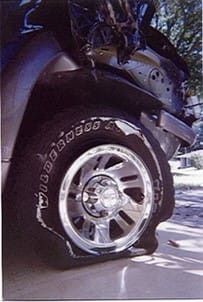Pavan Kumar
Chemical
- Aug 27, 2019
- 400
Hi All,
I need to size a line for n-Butane vapor flow to our reactor. Is there any code or standard that provides guideline for pressure drop in psi allowed per 100 feet for this service. Your suggestions would be very helpful to me.
Thanks and Regards,
Pavan Kumar
I need to size a line for n-Butane vapor flow to our reactor. Is there any code or standard that provides guideline for pressure drop in psi allowed per 100 feet for this service. Your suggestions would be very helpful to me.
Thanks and Regards,
Pavan Kumar




